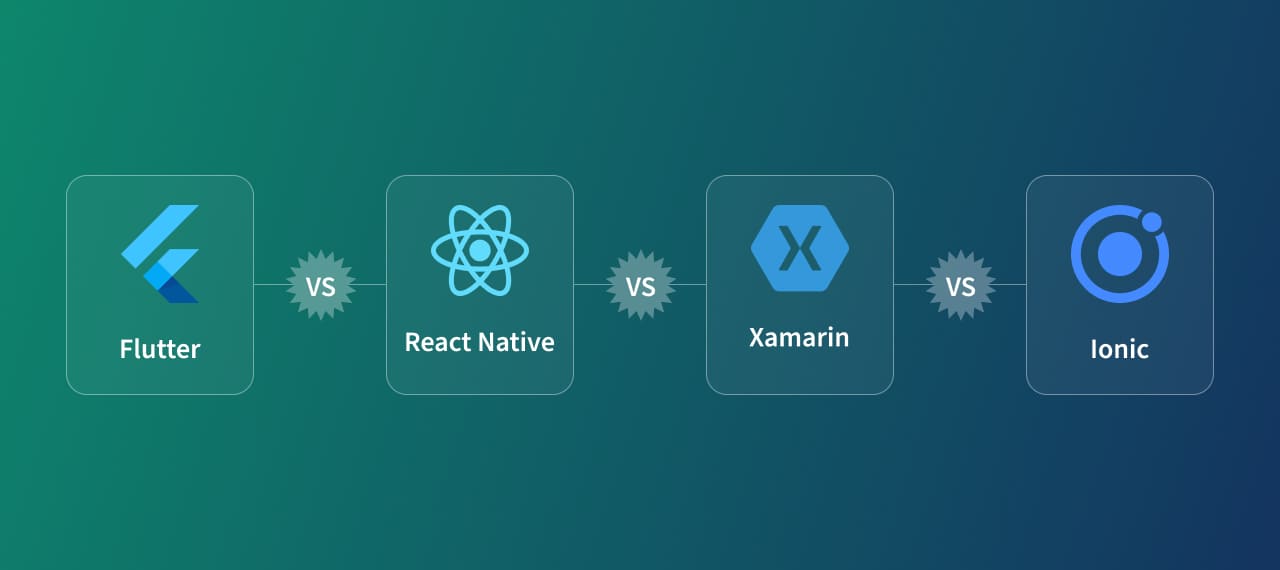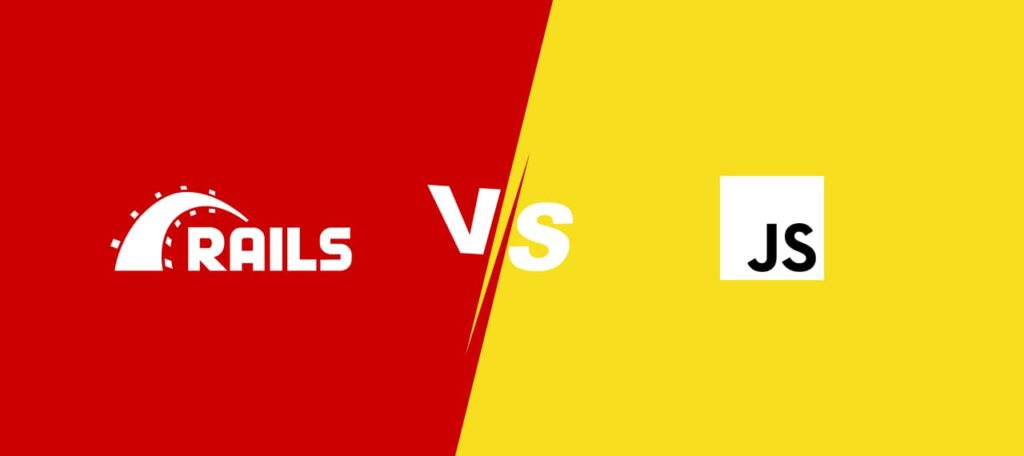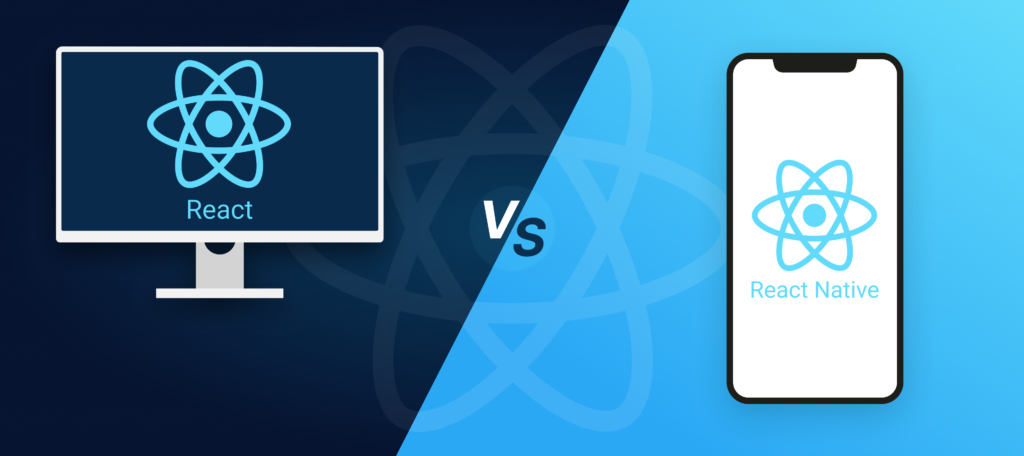With the continuous growth of the mobile app industry, developers face the challenge of choosing the right framework to build high-quality cross-platform applications. Among the myriad of options available, four leading frameworks stand out such as Flutter, React Native, Xamarin, and Ionic.
In this in-depth analysis, we will explore the strengths and weaknesses of each framework, offering valuable insights to help developers make informed decisions based on their specific project requirements.
Features
-
Flutter
Flutter, an open-source SDK developed by Google, is renowned for its widget-based architecture, enabling developers to create stunning and customizable user interfaces. Extensive set of pre-built widgets accelerates Flutter app development and facilitates the creation of visually appealing designs.
According to Flutter app development services, the hot reload feature allows developers to make real-time changes to the code, leading to a seamless iteration process. Flutter’s support for platform-specific widgets ensures that apps can seamlessly integrate with native components, delivering a native-like experience to users.
-
React Native
React Native app development stands out for its learn once, write anywhere approach, allowing developers to share a significant portion of code between iOS and Android platforms. It leverages the popularity of React and offers a vast ecosystem of third-party libraries and packages, streamlining the development process. The framework’s modular architecture promotes code reusability and simplifies maintenance.
-
Xamarin
Xamarin app development excels in the cross-platform development space with its ability to share a substantial amount of code between platforms. Using C# as its programming language, Xamarin provides a strong integration with Microsoft services and tools, making it an excellent choice for enterprises in the Microsoft ecosystem. Xamarin Forms, a part of the Xamarin framework, simplifies the creation of UIs shared across platforms, reducing development time.
-
Ionic
Ionic, built on web technologies like HTML, CSS, and JavaScript, enables developers to create cross-platform apps with a single codebase. Its extensive library of UI components allows for rapid prototyping and development, making it an attractive option for startups and small businesses. While Ionic may not offer the same level of performance as native frameworks, its ease of use and quick development cycle make it an accessible choice for developers with web development skills.
Performance
-
Flutter
Flutter is celebrated for its impressive performance due to its Dart language being compiled to native code. This compilation process ensures that Flutter apps can achieve 60 frames per second (fps), delivering smooth animations and responsive user interfaces. The use of a single codebase and direct rendering on the screen eliminates the performance overhead often associated with bridges used in other cross-platform frameworks.
-
React Native
React Native also aims to deliver a native-like experience by leveraging platform-specific components. The framework uses native modules to facilitate communication between JavaScript and native code, allowing for efficient rendering of UI elements. However, complex UI interactions or computationally intensive operations may impact performance, as the bridge between JavaScript and native code could introduce some overhead.
-
Xamarin
Xamarin boasts excellent performance by compiling code to native binaries, resulting in apps that closely match the performance of natively developed applications. By utilizing platform-specific APIs and UI components, Xamarin ensures that apps deliver a smooth and responsive user experience.
-
Ionic
Ionic’s performance largely depends on its use of web technologies for rendering UI elements. While it may not match the native-like performance of the other frameworks, the use of optimized web views ensures that Ionic apps can still deliver satisfactory performance for many standard use cases. However, resource-intensive applications may experience performance limitations.
Community Support
-
Flutter
Flutter has witnessed rapid growth in its community, thanks to the support of Google. A vast number of developers and contributors actively work on improving the framework and creating plugins and packages to extend its capabilities. The thriving community ensures a constant stream of updates, bug fixes, and valuable resources for developers.
-
React Native
React Native’s community is one of its major strengths. With its association with React, the framework benefits from the vast and passionate React community, contributing to its ecosystem’s growth. The active community ensures an extensive collection of third-party libraries and components, streamlining development efforts.
-
Xamarin
Xamarin has a solid community support base, with developers appreciating its capabilities in the enterprise space. Though relatively smaller than the communities of other frameworks, Xamarin’s community is dedicated and provides valuable resources and assistance.
-
Ionic
Ionic boasts a large and active community of developers, primarily due to its web-based development approach. With its focus on web technologies, the framework attracts web developers looking to venture into mobile app development. The community contributes to a rich collection of plugins and extensions, ensuring that developers have ample resources to work with.
Learning Curve
-
Flutter
Flutter’s learning curve is relatively moderate for developers familiar with object-oriented programming and reactive frameworks. Its widget-based architecture may take some getting used to, but the extensive documentation and community support facilitate the learning process.
-
React Native
React Native’s learning curve is relatively smooth for developers already familiar with React. However, those new to the React ecosystem may need some time to get accustomed to the framework’s structure and the concept of native modules.
-
Xamarin
Xamarin’s learning curve may be steeper for developers new to C# or the Microsoft ecosystem. However, developers with experience in C# will find the transition relatively smooth, and the Xamarin. Forms library further simplifies the development process.
-
Ionic
Ionic’s learning curve is relatively low, especially for web developers. Its use of web technologies allows developers to leverage their existing skills and quickly adapt to mobile app development.
Scalability
-
Flutter
Flutter’s performance and modular architecture make it highly scalable, suitable for both small projects and large-scale applications. Its ability to handle complex UI interactions and render high-quality graphics ensures that apps can grow and adapt to increasing user demands.
-
React Native
React Native’s scalability largely depends on the efficiency of the code and the app’s complexity. When optimized properly, React Native can scale well to accommodate larger user bases.
-
Xamarin
Xamarin’s robust performance and seamless integration with Microsoft services make it scalable and suitable for enterprise-level applications that demand high performance and reliability.
-
Ionic
Ionic’s scalability may be affected by its reliance on web technologies. While it is suitable for many standard use cases, resource-intensive or highly complex apps may encounter scalability challenges.
Summarising
Choosing the right mobile development framework is a critical decision that can significantly impact the success of an app project. Ultimately, the choice of the framework depends on the specific project requirements, development team expertise, and desired level of performance and scalability.
Table of Contents
- Features
- Performance
- Community Support
- Learning Curve
- Scalability
- Summarising










